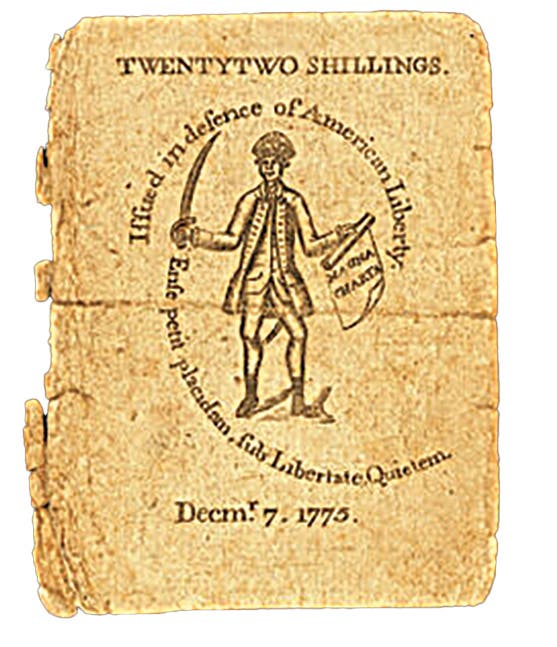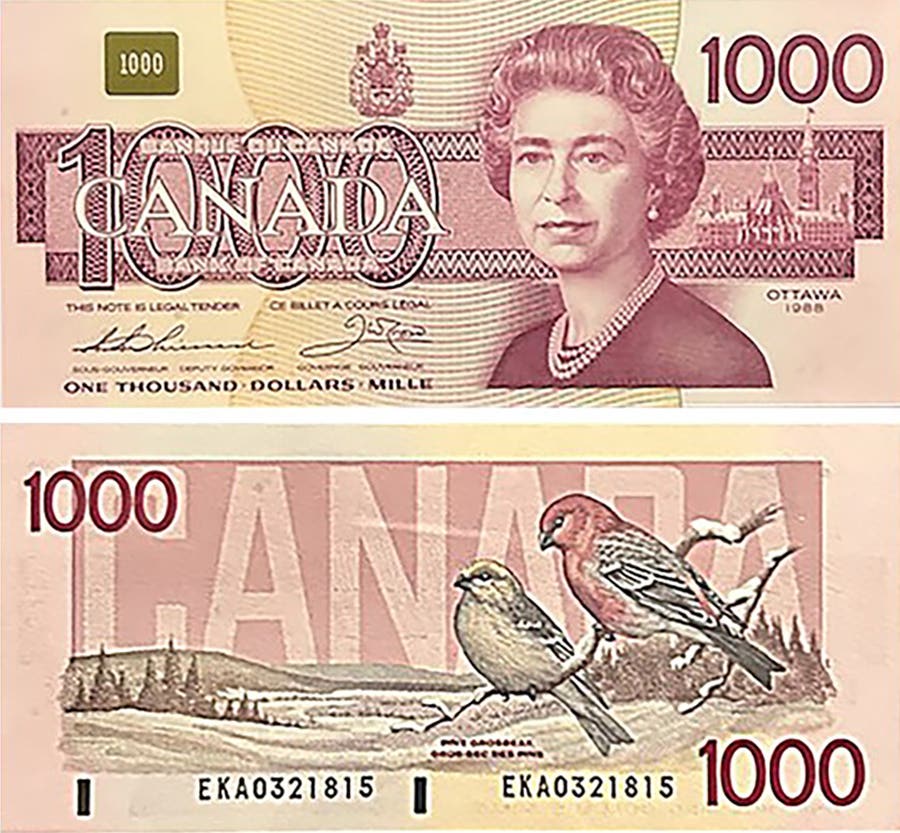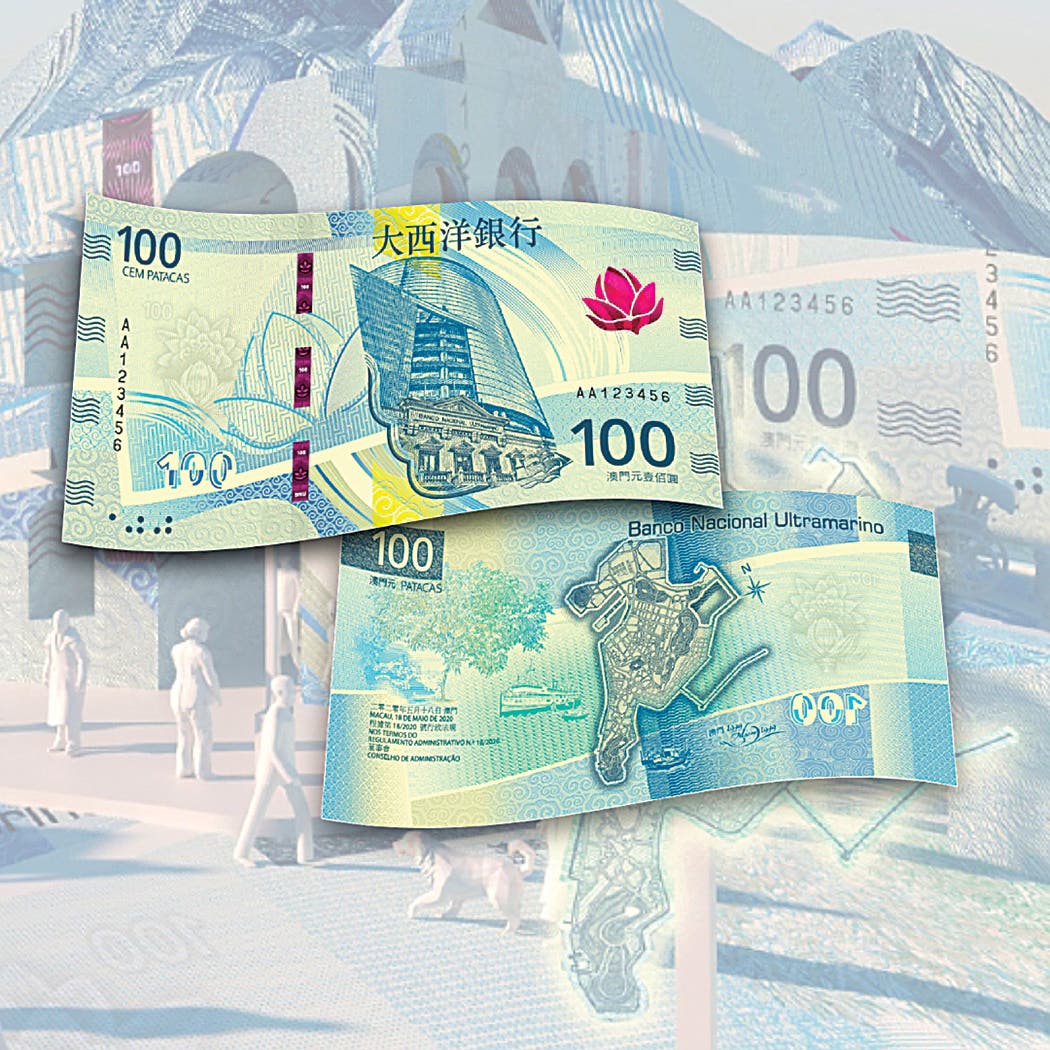Rare 65 Grade Note Reported
Slim pickings this issue for Fractionals and Small notes, but a treasure trove of Large Size notes from the March StacksBowers auctions in California. A most amazing Fr 2, a…
Slim pickings this issue for Fractionals and Small notes, but a treasure trove of Large Size notes from the March StacksBowers auctions in California. A most amazing Fr 2, a $5 Demand note in a 65 grade sold for $408,000. The first 65 we have recorded for the almost 20 years that Bank Note Reporter has seen since we started the price guide. The next highest grade for this note in our records is an Extra Fine note which weighs in at $18,500. You could say that the 65 graded note is a condition rarity in a really big way. The auctions were replete with high grade notes. The number of 66 and 67 grades was staggering. I would say that this is a new pattern. I believe that we have seen more 66 and 67 graded notes in this year than we have reported in any year since we started issuing our price guide. 66 graded notes seemed far and few until recently. Now, they have become much more common. Other high grade and/or expensive notes in these auctions included an Fr18, an 1869 Legal Tender In 66 at $24,000, a Fr47 $2 1875 Legal Tender in 65 at $31,000, a Fr 87 $5 1907 Legal Tender in 67 at $2120, a Fr 233 $1 Black Eagle in 68 at $7200, a Fr 246 Black Eagle in Fr69 at $7200, A $5 262 Silver Certificate in 66 at $45,000, and a $10 1893 Silver Certificate in 64 that realized $45,600. 67 graded notes were easy to price for quite a while. They were usually double the value of the 65 grade. That gap has dwindled a bit now. The 66 grades were less of a step up from 65 grades, but now have gained more value relative to the 65’s. Perhaps a lot of 67 notes have been hiding out raw in older sets. I was a serious Fractional collector from the mid 1980’s until the early 2000’s. We didn’t get our sets graded. We were sort of purists. I was on a budget and had to settle for lower conditions for the more expensive notes, Justice notes and the like. I was really picky, however, on the more common notes. When I did start getting notes graded, however, I found myself in possession of a 67 grade for one of my Fifth issue 10 cent notes and a 68 for one of my 25 cent notes. So, it pays to buy graded notes. If you collect Canadian notes, however, you can safely buy ungraded notes from Canadian dealers, as they are tough graders. I once bought a $5 Blue Train note from 1912 or so. It was ungraded but offered as a 40. When I got it graded it came back as a 50. I am happy with 25 and 30 graded Canadian notes as they are very presentable. With regard to the rest of the market, $500 and $1000 notes remain pricy, but are not galloping up in value as they were. Small Size notes seem to be ignored, however and some scarce notes are available at decent prices. Nationals remain strong in States when competition is present. Original and 1875 Nationals are strong, and the beauty of their back portraits will keep them that way. Contact me at billbrandimore@charter.net with your questions or comments.
About the Author
Bill Brandimore is the pricing analyst for Bank Note Reporter and Numismaster.com. He received a Bachelor’s degree from Wayne State University and a Master’s from Washington State University. He had a 26-year career with the Detroit Police Dept. and retired as Inspector. He then served for 17 years as Chief of Police in Wausau, Wis. He is the past president of Wisconsin Chiefs of Police Association, the Samoset Council of BSA, the Central States Numismatic Society, and the Numismatics of Wisconsin. He is the editor and president of Paper Money Collectors of Michigan. He is the president of the Fractional Currency Collectors Board. He is a member of the American Numismatic Association, Chicago Coin Club, Michigan State Numismatic Society, Central States Numismatic Society, to name a few. His special interests in currency are Detroit Nationals, Large Size Types, $5 Federal Reserve Notes and Canadian currency. Concerning coins, his special interests are in Buffalo nickels and large cents.








